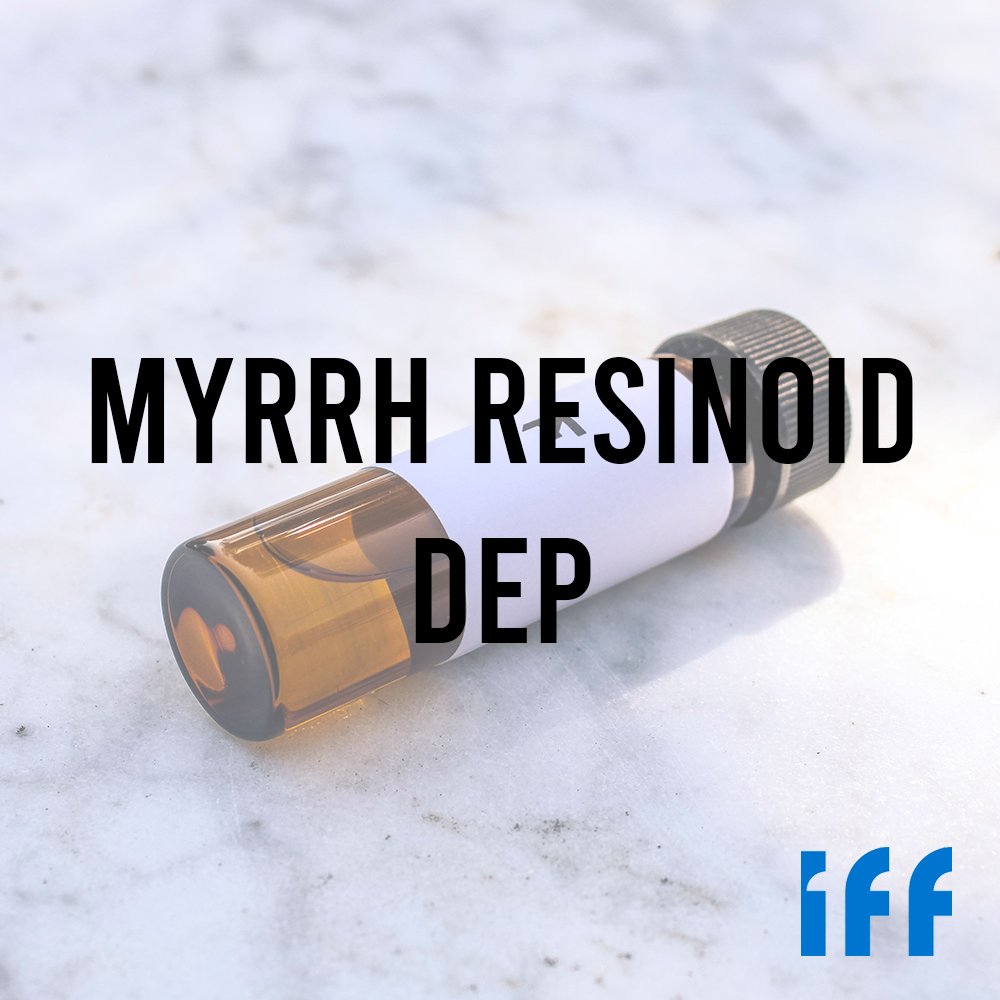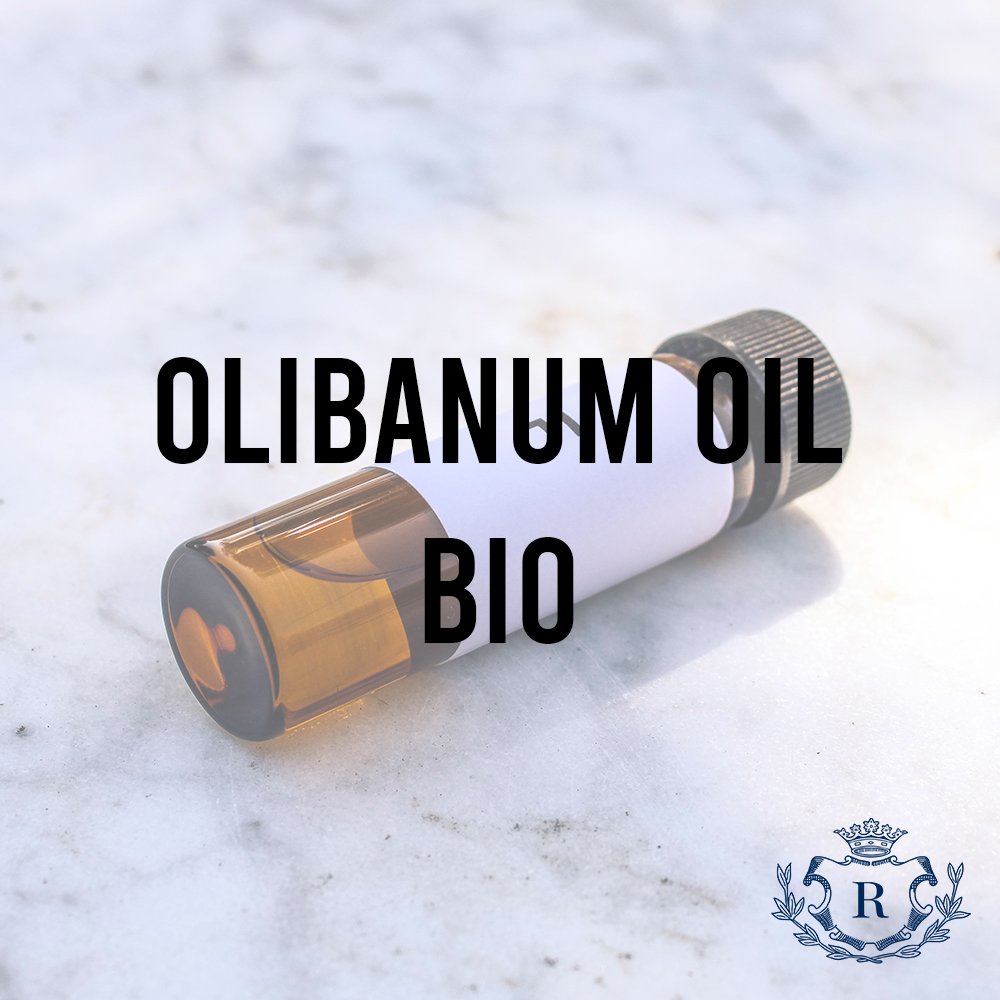Natural Ingredient Overview
🏭 Manufacturer — IFF
🔎 Botanical name — Commiphora myrrha (Nees) Engl.
📂 CAS N° — 8016-37-3
⚖️ MW — Not applicable (complex mixture)
📝 Odor type — Balsamic
📈 Odor Strength — Medium
👃🏼 Odor Profile — Warm, balsamic-aromatic, deep-spicy, slightly medicinal with rich sweetness and a sharp top
⚗️ Uses — Fixative and balsamic modifier in oriental, woody, pine, mossy, and spicy bases; often blended with geranium, musks, linalool, and cinnamic alcohol
🧴 Appearance — Dark reddish-orange to brown, viscous resin or semi-solid
What is Myrrh Resinoid?
Myrrh Resinoid is obtained from the dried sap of the Commiphora myrrha tree, a member of the Burseraceae family. Known as one of the oldest recorded perfume materials, it has been used for over 3,700 years in spiritual rituals, embalming, medicine, and incense. The crude resin—commonly referred to as "mur" in Arabic—yields either a distilled essential oil or a solvent-extracted resinoid, with the latter being favored in perfumery for its richness and fixative properties.
The tree grows in arid regions of Somalia, Ethiopia, Djibouti, Kenya, and parts of the Arabian Peninsula. The collection process is still largely manual, where the sap is tapped by peeling the bark, forming resin tears.
Today, Myrrh Resinoid is used for its olfactory density, medicinal edge, and its ability to add historic depth to compositions. The material has spiritual connotations but is valued in modern perfumery for far more than its religious heritage.
Olfactory Profile and Perfumery Applications
Myrrh Resinoid has a complex and evolving scent:
Top: Sharp-balsamic and medicinal (if fresh), slightly pungent
Heart: Warm, spicy, aromatic; reminiscent of benzoin and incense
Drydown: Deep-sweet and tenacious, mildly smoky, with resinous warmth
Applications:
Oriental compositions: Enhances amber, sweet-balsamic complexity
Chypre bases: Adds resinous depth and historical character
Woody blends: Pairs well with patchouli, vetiver, and cedar
Spice accords: Fixes cinnamon, nutmeg, and clove profiles
Green or forest notes: Functions as an earthy modifier when used with juniper, cypress, and labdanum
Often used in trace amounts to modify and round heavier floral bases or to sweeten and anchor incense notes.
Industrial and Technical Uses
In addition to perfumery, Myrrh Resinoid and its essential oil are used:
In oral hygiene products (toothpastes, mouthwashes)
As a natural antimicrobial agent in herbal preparations
In fumigants and incense blends
Occasionally in liqueurs and bitters (as aromatic modifier)
Its main commercial value today lies in high-end fine fragrance, particularly niche perfumery and compositions drawing on ancient, resinous inspirations. Annual production is below 1 metric ton, reflecting its artisanal scale and specialized use.
Regulatory and Safety Overview
IFRA Status — ✅ Not restricted under current IFRA Amendment 51
EU Cosmetic Regulation (1223/2009) — ❌ Not among 26 listed allergens
GHS Classification — Not classified as a hazardous substance
Usage Limitations — May stain due to resin color; formulation in alcohol preferred
Toxicology —
Non-sensitizing at standard perfume concentrations
Traditional use as an antiseptic and astringent in herbal medicine
Environmental — Naturally derived, biodegradable; harvesting may raise ethical and sustainability concerns if not sourced responsibly
Sources
Perfume and Flavor Materials of Natural Origin, S. Arctander (1961)
Knottnerus, R. (2020). Myrrh – Herbal Legacy
Wikipedia: Commiphora myrrha
Goymen Oil Analysis (2020)
Fulvio Ciccolo, Scentspiracy Internal Notes (2020)











